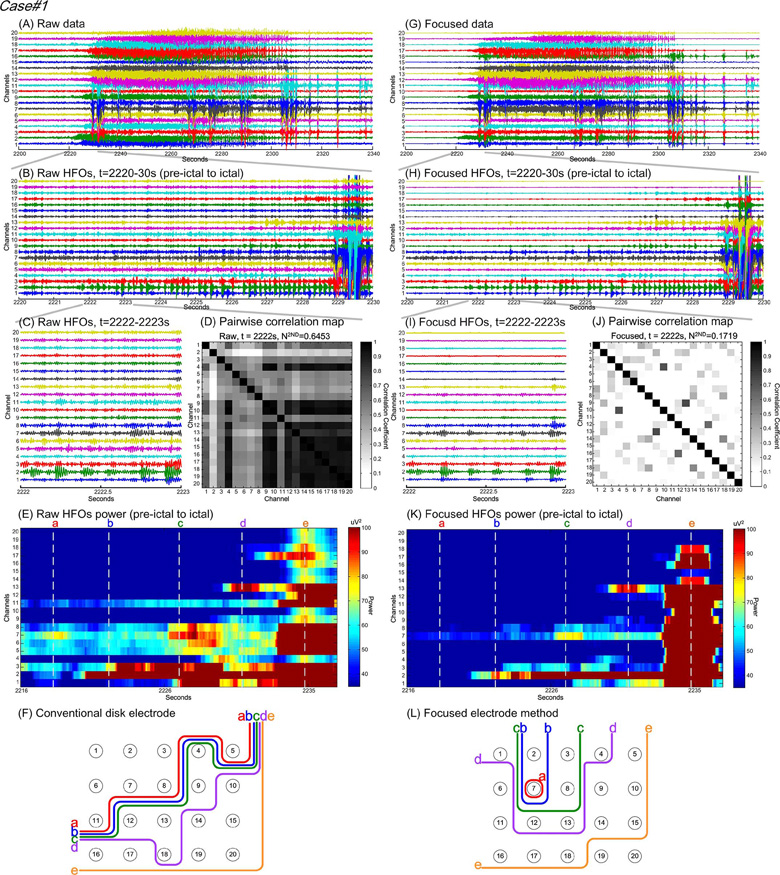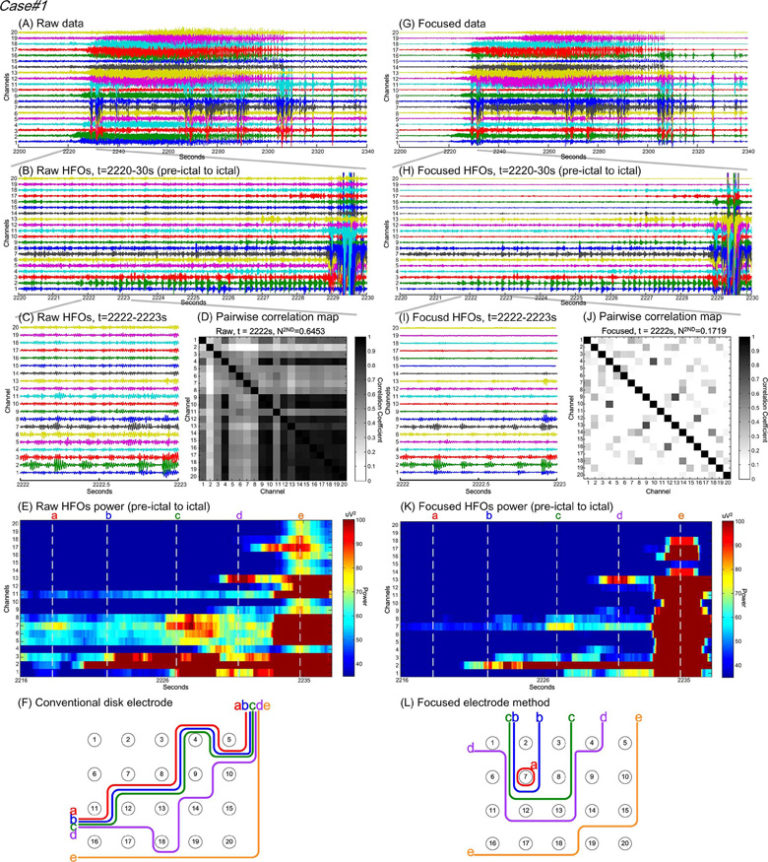
Mapping the electric field of the brain with electrodes benefits from its superior temporal resolution but is prone to low spatial resolution property comparing with other modalities such as fMRI, which can directly impact the precision of clinical diagnosis. Simulations show that dense arrays with straightforwardly miniaturized electrodes in terms of size and pitch may not improve the spatial resolution but only strengthen the cross coupling between adjacent channels due to volume conduction. We present a new spatially focused method to improve the electrode spatial selectivity and consequently suppress the neural signal coupling from the sources in the vicinity. Compared with existing spatial filtering methods with fixed coefficients, the proposed method is adaptively optimized for the geometric parameters of the recording electrode arrays, including electrode size, pitch and source depth. The effective spatial bandwidth, characterized as Radius of Half Power, can be reduced by about 70% for ECoG and the case of distant sources scenarios. The proposed method has been applied to the analysis of high-frequency oscillations (HFOs) in seizures to study the ictal pathway in the epileptogenic region. The results reveal lucid HFO wavefront propagation in both preictal and ictal stages due to a 75% reduction in the coupling effect. The results also show that a specific power threshold of preictal HFOs is needed in order to initiate an epileptic seizure. This demonstrates that our method indeed facilitates the investigation of complex neurobiological signals preprocessing applications.

